Open House is now a well-established annual event when high-profile buildings, office spaces and private homes open their doors to the interested public. Run by the Irish Architecture Foundation (IFA), the weekend always attracts big crowds. While famous buildings, such as the Provost’s House at Trinity College, and Facebook HQ, are always among the first to fill their quota of visitors, it’s the private homes that open their doors over the weekend that are the most consistently popular.
It’s apt that this is so, given that the whole ethos of Open House is to celebrate exceptional architecture and make it accessible to the general public. Only one provost at a time will ever reside in the splendour of 1 Grafton Street, but most citizens of Dublin live in suburbia. The weekend is a rare opportunity to see inside the kinds of private homes most people live in, but which have been made exceptional by architect-designed extensions, reconfigurations or makeovers.
Niamh Cullen and Gary Mahon’s home, called Diagonal Extension, in Raheny, is one of the houses new to the programme this year. The couple bought their 65sq m two-up, two-down home in a cul-de-sac off the Howth Road, two years ago. It was 18 months before they were able to move in. “The house was still in the 1920s,” Cullen says. “There was a scullery instead of a kitchen.”
The couple had lived in Australia for some years and they knew they wanted to recreate something of the light they had experienced there.
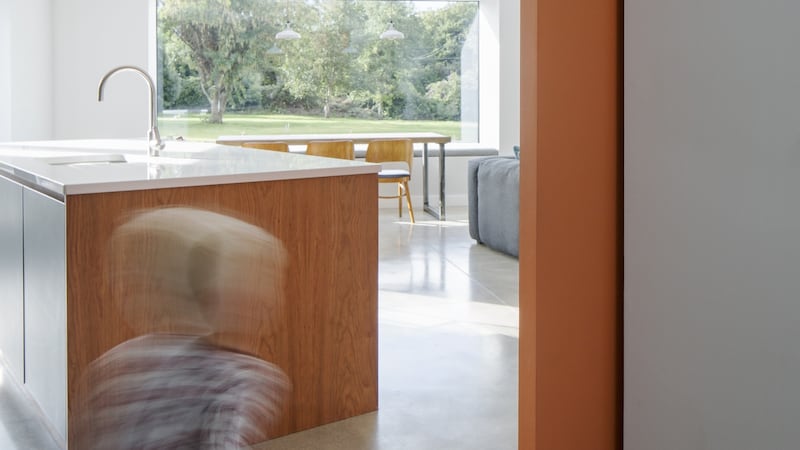
“We wanted a big project,” she says. They were originally thinking of renovating a period house, but when they saw the astonishing garden at the rear of the Raheny house – it’s the size of a field – they knew their search was over. “That was going to be the wow factor,” Cullen says.
Their architect, Shane Cotter, designed a large extension to the back of the house which increased the floor space to 155sq m. From the front, the house looks to scale with the rest of the houses in the secluded cul-de-sac, but once inside, you step into a stunning, edgy space that fuses with the vast garden beyond. There are polished concrete floors, slatted ceiling beams that cast diagonal shadows, and a space so large it effortlessly contains the kitchen, dining and living area, while allowing each of the three their own distinctive footprint.
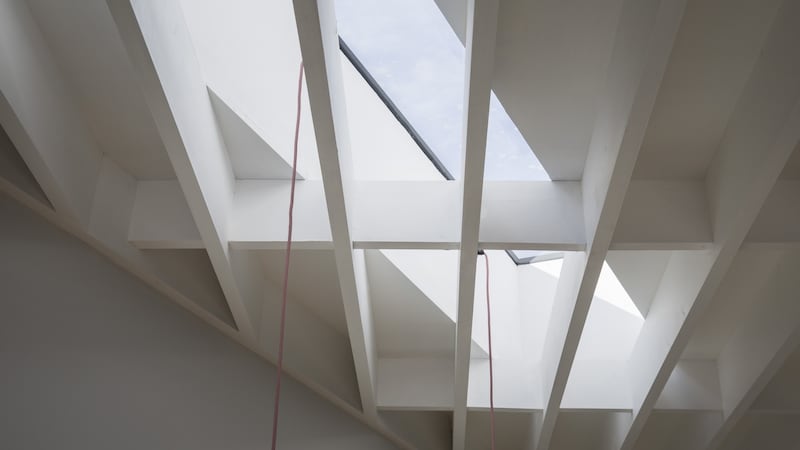
“We went to see some houses in Open House last year, to get some ideas,” Cullen says. “All the architects know each other, so Shane knew through word of month what projects were happening, and encouraged us to go along. It was jammers for every house; queues down the road.”
They came away from those viewings with a clearer idea of how their own house might look.
They won’t be present themselves while the public look around their home; their architect will show people around, and explain his ideas. “It’s a bit of advertising for our architect. We’re proud of the house, and the fact that we got some ideas out of Open House last year, it is nice to be able to offer that to other people who are thinking about extending.”
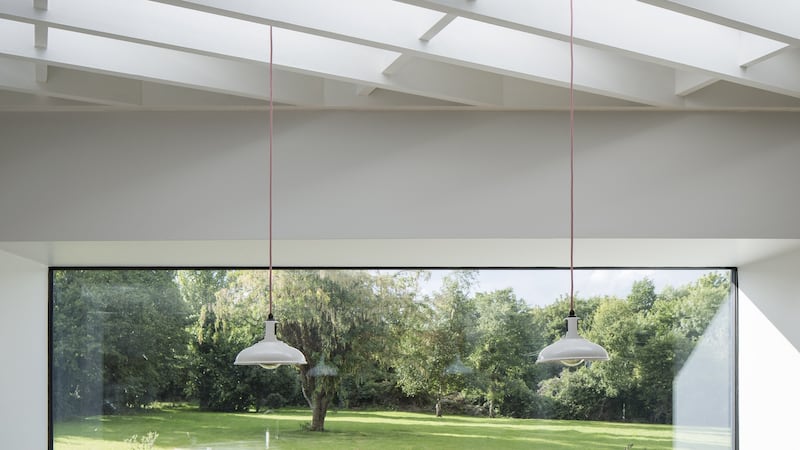
Why does Mahon think private houses are such a popular part of Open House?
“I think it is a very Irish thing, in that we are curious as to what goes on behind closed doors,” he says. “Also, it is easier to relate to than commercial architecture; everyone has a home and most people are very house and home proud in Ireland so the chance to see other houses appeals. I think there is a subset of people who would attend every year because architecture is a passion, but the predominant crowd will be as we were last year; people looking for inspiration for projects of their own. Or people wanting to see what can be achieved by ordinary folk, as we would describe ourselves, with the aid of a good architect.”
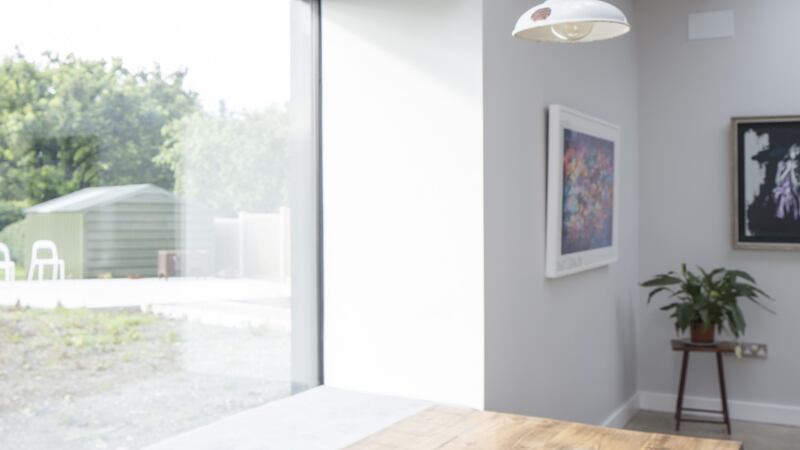
Husband and wife Douglas Carson and Rosaleen Crushnell have a joint architectural practice. They bought their period 1840s Rathmines home in 2011, and did all the striking redesign and most of the renovations themselves. They have opened their house in the past, but with one small child and toddler twins, are giving it a miss this year.
They were invited by the IFA to participate in the weekend, via word of mouth about their renovation.
“With a house like this, you’re really just a caretaker of it,” Carson says. “We had a sense of duty to share it.”
As architects, they also saw the benefit of showcasing one of their projects to the general public, and increasing their profile: similar reasons why many other architect-owners open their houses for the weekend.
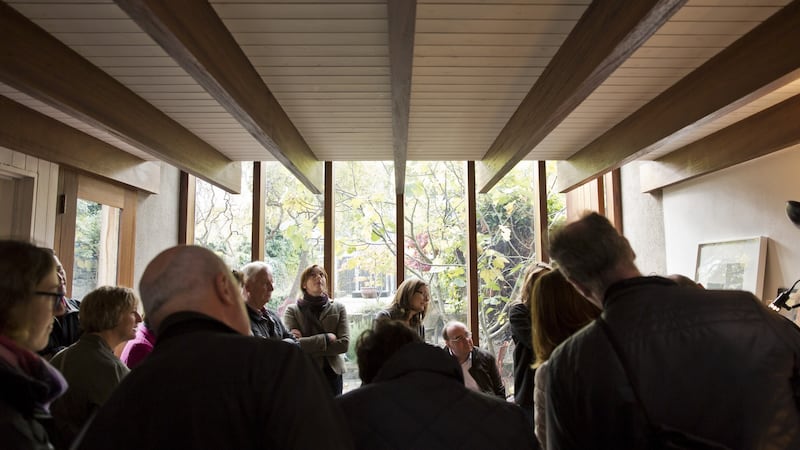
When they bought the house, there was no heating and no bathroom. The toilet was in a shed outside, and wisteria had grown in through an upstairs window. The basement was “a swamp”, as Carson says. “It was like starting with an abandoned ship, that was sinking and floating on the water.”
In the process of renovation, they discovered that some of their period windows had actually come from the next-door house, when they had replaced theirs. “That’s the kind of thing you don’t know when you buy a house, but you only learn through neighbours over time.”
There are two bedrooms downstairs and a highly unusual walk-through bathroom, which is a series of different interconnecting spaces. “It made sense to us to use the darkest space for bedrooms, and the brightest space as our office upstairs,” Crushnell says.
They have made features of some of the original paintwork they discovered during the renovation; creating geometric shapes that act like portals to the past. Downstairs, windows back and front have been turned into doors. The stairs have home-made bannisters, with a space large enough over the kitchen to climb up through, or for their young son to lean down from, and take fruit from the fruit bowl without actually coming downstairs – his “monkey trick,” as Carson says.
When they opened their house, they had an architectural model of it on show on their kitchen table, in addition to historical maps of the area. Carson gave the tours: he showed groups of 12 around every half hour. More than 140 people came through the door.
Did they do any special preparation? “Doing a huge clean and tidy up,” Crushnell says.
The people who came to look around their house were a mix of fellow architects, architectural students, curious locals and those engaged in their own building projects. Those who were architects tended to ask technical questions, such as how their bespoke doors were made.
“But mostly, I think people are generally just interested in other people’s houses, full stop,” as Carson puts it.
Open House runs from October 13th-15th. For a full list of participating homes and buildings see openhousedublin.com













